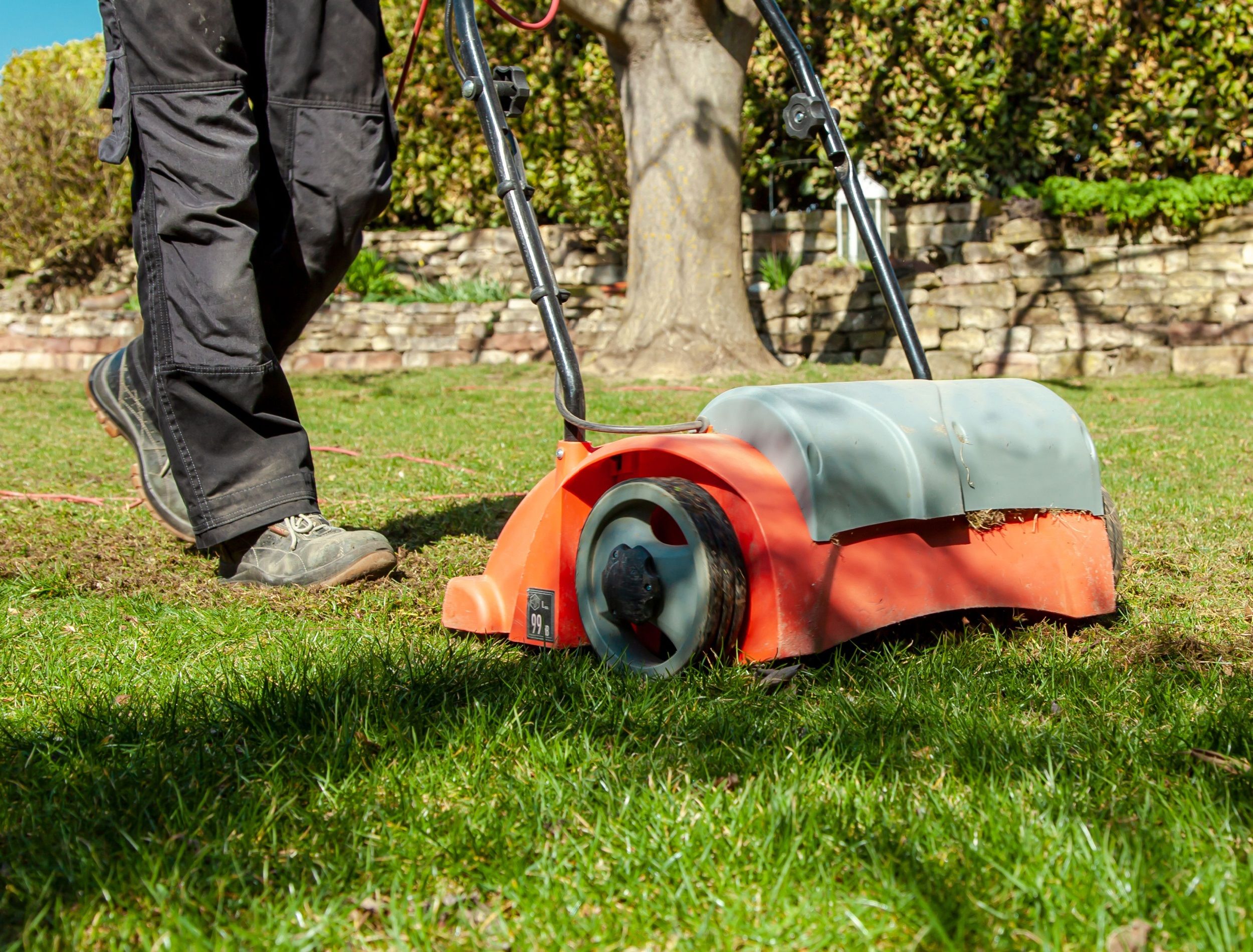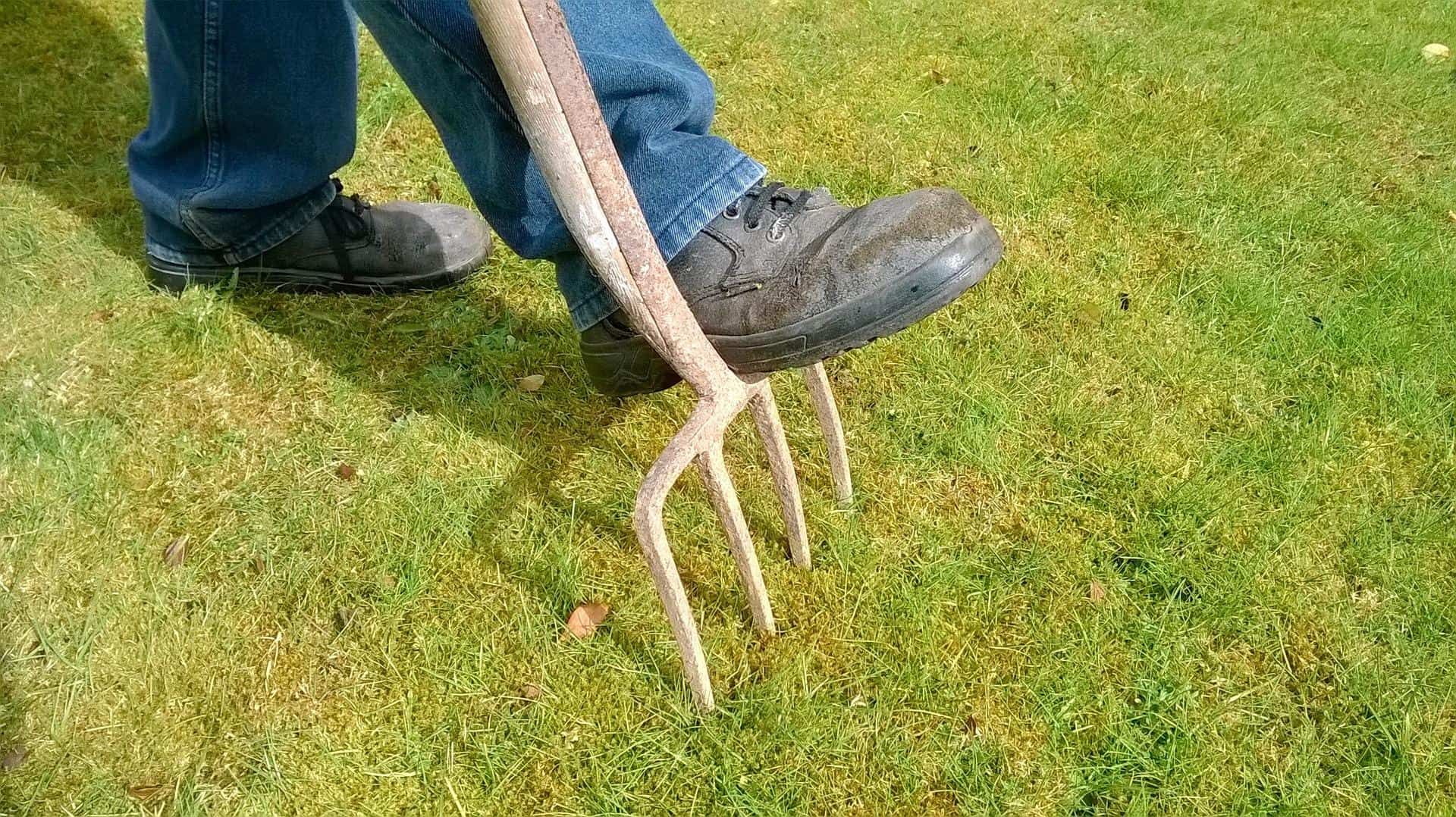If you're like most homeowners, you want your lawn to look beautiful and be healthy all season long. The best way to achieve this is to aerate your lawn in the springtime -- but when exactly should you do it?
Taking care of your lawn may seem daunting, and understanding how timing plays a role isn't always easy. However, by familiarizing yourself with when and why aeration should happen, you'll have a firm foundation for taking care of one of the biggest investments on your property: your lawn!
Explore why aerating your lawn in spring is essential as well as provide helpful tips on how to show it some love every year.
The Best Time to Aerate Your Lawn in Spring
Image credits: Jeffoto via Canva
With the changing of the weather and temperatures rising, the soil is becoming warmer and wetter, providing an ideal atmosphere for grass to thrive. But when should you aerate? As with all gardening tasks, timing is key -- and there's no one-size-fits-all answer.
The best time to aerate your lawn in spring depends on several factors, such as climate and type of grass.
Aerate cool-season grasses such as perennial ryegrass, Kentucky bluegrass, and tall fescue in either early spring or, if possible, in early fall (September). Doing so ensures your lawn is able to absorb all the nutrients that it needs for healthy growth throughout the year. Aerate warm-season grasses, such as Bermuda and Zoysia, in late May to early June for optimal results.
Do not aerate during inactive periods of growth because this may encourage future weed problems.
Why It's Important to Aerate
Image credits: fredorocko via Canva
Aeration is a vital step to keeping your lawn green, healthy, and vibrant. Not only does aerating promote better water absorption and nutrient uptake of essential plant food like fertilizer, but it also opens up areas for air circulation, which helps combat thatch buildup. Thatch build blocks water, oxygen, and sunlight from reaching the roots of your grass. When left untreated, it causes soil compaction -- a major factor in why many people end up with bald patches or brown spots on their lawns.
By aerating your lawn regularly (once a year is ideal), you give your grass plenty of room to breathe while allowing the necessary elements needed for growth to reach the roots. Aeration helps reduce compaction, allowing your lawn to benefit from improved drainage and water availability.
Aeration may even help prevent moss, which thrives in compacted and moist soils with low oxygen levels. By opening up air pockets in the soil, you are also helping to create an environment that is less hospitable for moss to survive.
How to Aerate Your Lawn
Image credits: Eugene_Brennan via Pixabay
If you want to give your lawn an extra boost, aeration is the key. Here's some tips on how to do it.
Preparation
Once you've decided to aerate your lawn, the first step is to prepare the soil. Remove large rocks, stones, leaves, and debris from the surface of the lawn, so they don't impede proper aeration. Use a shovel or rake to do so. Once you have removed the debris, move to the next step.
Watering
Next, water your lawn thoroughly before you aerate it. Moisture helps soften up hard ground and makes it easier for the aerator to penetrate deeper into the soil. Watering also helps break up compacted areas in your lawn, which prevents air from reaching the grass roots properly. After watering, wait at least 48 hours before you aerate the lawn -- this gives time for the moisture to sink into the soil and makes it easier to aerate.
Make sure that you don't overdo it with water though, otherwise the soil will become too saturated and muddy when you try to work on it. To judge this, close observation is key; if your shoes stick to the ground when you walk on it, then it is too wet.
Aerate
The easiest way to do this is with a core aerator machine, however there are other methods too, such as using a garden fork or spike aerator tool.
Core aerators pull up plugs of soil about ½ an inch to ¾ of an inch in diameter and 2 to 4 inches deep. Ensure the plugs are roughly 2 to 6 inches apart. Do not to confuse these with spike machines, as they actually increase soil compaction rather than aerating it.
Reseeding
After you've aerated your lawn, it's time to move onto the next step: reseeding. Reseeding is a great way to fill in bare or thin patches of grass caused by poor soil conditions, excessive foot traffic, diseases, or other factors.
Wait a month after aerating your lawn so that your turf heals. Also, using high-quality seed is essential for achieving the best results. A warm-season grass like zoysia does well during hot summer months while cool season varieties such as fine fescue are better suited for cooler climates. Depending on which type of grass you choose, spread the appropriate seed over the entire lawn or just the bare patches.
Ready, Set, AERATE!
Springtime is a great time to take care of your lawn and ensure it remains healthy throughout the season. By aerating your lawn, you enhance water absorption, promote nutrient uptake, and reduce soil compaction. Make sure you follow all safety precautions and don the right clothing for the job.
Now that you're aware of all these important tips, you can enjoy a lush green lawn that will have your home looking like the envy of the neighborhood! Go ahead and give it a try! Don't forget to leave a comment below. And spread the word to your family and friends too -- they won't want to miss out on this valuable info!




